(Psst: The FTC wants me to remind you that this website contains affiliate links. That means if you make a purchase from a link you click on, I might receive a small commission. This does not increase the price you’ll pay for that item nor does it decrease the awesomeness of the item. ~ Daisy)
According to some experts, wheat is more like the staff of death than the staff of life these days. Due to genetic modifications of wheat over the past century (go HERE to learn how scientists “fixed” wheat during the 60s), the grain that appears in nearly every meal in America seems to be causing serious health concerns, particularly inflammation and autoimmune issues. For this reason, millions have changed their eating habits to be gluten-free.
The problem is, gluten-free food is a billion-dollar industry, and at the prices Big Food is charging for these specialty items, it’s easy to see how fast the bills can rack up.
You only need to stroll over to the gluten-free section of your grocery store to see that the cost of eating a diet free of wheat is absolutely outrageous. A loaf of Udi’s bread at my local market is $6. And it’s a tiny loaf – with little bitty pieces of bread and a lot fewer slices than a conventional loaf.
The Udi’s white and whole-grain loaves contain 14 slices. So, if you have two kids and two adults and all four of you eat a sandwich for lunch every weekday, you’re looking at a cost of nearly $20 – and that is just for the bread, assuming no one is super-hungry and wants two of the mini-sized sandwiches. This also assumes no one wants toast for breakfast or garlic bread with dinner.
And speaking of dinner – have you priced out quinoa pasta lately? Enough gluten-free pasta for one spaghetti dinner will run you about $4, vs traditional pasta, which would be closer to $1.
Big Food is cashing in on the gluten-free trend, as more and more people discover that wheat is causing health problems and attempt to go gluten free. In 2012, the Huffington Post reported on the billions of dollars being made off those who wanted to omit wheat from their diets.
The gluten-free foods market is expected to hit $4.2 billion this year, according to a new report by market research publisher Packaged Facts.
And at the rate it’s going, by 2017, gluten-free sales could grow to more than $6.6 billion, the report said. (source)
That is simply astronomical, and it doesn’t have to be that way.
As usual, corporate interests are taking advantage of a problem that was created by…you guessed it…corporate interests – back when they toyed around with wheat and irrevocably changed it to the toxin being sold today. Now they are “solving” the problem by charging quadruple for processed items that don’t contain government-subsidized wheat, and they are taking advantage of people who’ve become ill from eating their previous incarnations of processed foods.
But, with prices at the cash register soaring to start with, how can anyone possibly afford to eat gluten-free without a six-figure income? It’s easy, and you don’t have to pad the pockets of Big Food.
Change how you eat.
The issue is, everyone wants to eat the same diet they’ve always eaten, just without the wheat. And that won’t work, at least not in a healthy manner.
First of all, the gluten-free products are highly processed. In order to give people the familiar textures, lots of additives are necessary to simulate the airiness that results when wheat gluten is combined with a leavening agent. Here’s an ingredients list from a common gluten-free white bread:
TAPIOCA & POTATO STARCH, BROWN RICE FLOUR, MODIFIED TAPIOCA STARCH, WATER, NON-GMO VEGETABLE OIL (CANOLA OR SUNFLOWER OR SAFFLOWER), EGG WHITES, TAPIOCA MALTODEXTRIN, EVAPORATED CANE JUICE, TAPIOCA SYRUP, YEAST, XANTHAN GUM, SALT, BAKING POWDER (SODIUM ACID PYROPHOSPHATE, SODIUM BICARBONATE, CORN STARCH, MONOCALCIUM PHOSPHATE), CULTURED CORN SYRUP SOLIDS (NATURAL MOLD INHIBITOR), ENZYMES.
While this list of ingredients isn’t as bad as the ingredients in a lot of conventional breads, you end up with a highly processed, low nutrition food item.
If you make it yourself, it is cheaper, but the list of ingredients that you need to make a loaf of homemade bread sans the wheat is lengthy, daunting, and still somewhat expensive. Here are the ingredients for one recipe that I found:
- white rice flour
- tapioca starch
- sweet sorghum flour
- buckwheat flour
- brown rice flour
- dry active yeast
- cane sugar
- salt
- guar gum
- xanthan gum
- ground ginger (adds flavor and acts as a natural preservative)
- apple fiber (a dry nutritional supplement, available at health food stores)
- egg whites, room temperature
- light olive oil
- apple cider vinegar
- lukewarm water
This is more nutritious, but it’s certainly far from “simple”. And life is complicated enough without complicated food.
So what if, instead of buying all of these expensive products, you just switched to real foods that are gluten-free naturally?
Change what you eat.
You don’t require all of these fancy substitutes when you go a different direction than the standard American diet. Instead, thinking that you must have either wheat products or pretend wheat products, forget about those foods you’ve been eating.
For starters, what are your favorite meals that don’t contain wheat products? What about a stir-fry over rice? Or a delicious salad? Or a steak with a baked potato? Why not hit the farmer’s market and get some delicious in-season produce while supporting local agriculture?
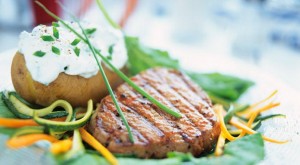
For the carbohydrate lovers out there, please understand I’m not suggesting a low-carb diet. Carb-load to your heart’s content on:
- quinoa
- rice
- amaranth
- buckwheat (despite the name, it is entirely different from gluten-containing wheat)
- Cornmeal
- millet
- oats (if you have celiac disease or a severe reaction to trace amounts of gluten, you should look for oats that are certified to be gluten-free because they can have some cross-contamination with wheat)
- sweet white sorghum
- potatoes
- sweet potatoes
Depending on your personal yen for carbohydrates, the list above can supply starchy foods for every meal without breaking the bank. Some of those may be unfamiliar, so just challenge yourself to try one new item per month and then incorporate your family’s favorites into your menus.
If you are a more adventurous eater, look to ethnic foods for inspiration. In many countries where wheat is not widely grown, their diets contain very little gluten and breads are not omnipresent. Think about the traditional cuisines from these far-flung locales:
Mexico: Rice, beans, meat, vegetables, corn tortillas
China: Rice, meat, vegetables, rice noodles, mung bean noodles
India: Rice, vegetables, yogurt, lentils, potatoes
Mediterranean: Fruits, vegetables, nuts, legumes, poultry, seafood, polenta
Japan: Rice, seafood (sushi!), vegetables, sobu noodles (made from buckwheat)
Middle East: Vegetables, rice, nuts, beans, seeds
Gluten-free on a budget
If you’ve decided to go wheat-free, don’t despair! There are lots of ways you can eat well without the crazy ingredients and the expensive substitutes.
A gluten-free breakfast
No meal is traditionally more loaded with wheat products than breakfast. Some typical breakfast options are: cereal, toast, breakfast sandwiches, pancakes, waffles, or breakfast burritos.
So what on earth can you feed your family for breakfast? Before you head to the freezer aisle to load up on gluten-free substitutes for the above items, what about some of these options?
- Puffed rice cereal (read the ingredients to be sure it is really just puffed rice)
- Oatmeal (see warning above)
- Quinoa porridge
- Cornbread muffins
- Cornmeal pancakes
- Breakfast taco in a corn tortilla
- Ham, eggs, and potatoes
- Potato pancakes with sour cream
- yogurt with fruit and homemade granola
A gluten-free lunch
The typical lunchbox fare is often a sandwich, a cookie, a muffin or a cupcake. When people go out for lunch with co-workers, the choices are often burgers, wraps, or pizza. If wheat irritates your gut, then these options will leave you bloated and uncomfortable for the rest of the afternoon. Try some of these choices:
- Leftovers for lunch
- Quinoa or rice salad
- Some kind of naturally gluten-free homemade baked good like peanut butter cookies or haystacks
- Soft taco in a corn tortilla
- Garden salad with chicken
- Soup with rice, meat, and vegetables
- A little antipasto platter with meat, cheese, and vegetables
- Fruit salad with yogurt or cottage cheese
- Ham or roast beef roll up with cheese and asparagus spears
- Ants on a log (celery stuffed with peanut butter and topped with raisins)
- Baked potato in a thermos (Bake it in foil, cut it open and fill it with goodies, then re-wrap it and put it in a soup thermos)
- Tortilla chips or corn tortillas cut into triangles, with hummus or a healthy bean dip
- Veggies and dip
- Popcorn with yummy seasoning of choice
A gluten-free dinner
Suppertime can be another grain-loaded pitfall but it doesn’t have to be, and you don’t have to invest in expensive substitutes. Simply alter some of your regular recipes with a few minor changes and you’ll be good to go.
Instead of traditional pasta:
- Spaghetti squash
- Veggie “pasta” (Here’s a great video on how to make this)
- Rice
Also note that your veggie pasta can be dehydrated and stored for every bit as long as grain-based pasta. Learn how HERE.
Instead of flour tortillas use organic corn tortillas in:
- Enchiladas
- Burritos
- Quesadillas
- To top taco salad or Mexican soups
For side dishes try:
- Quinoa pilaf
- Rice
- Potatoes
- Sweet potatoes
- Cornbread
- Polenta
So, to sum it up, if you don’t try to pretend you can eat wheat products by purchasing highly processed and expensive substitutes, going gluten-free can easily be done without putting you in the poorhouse. Just change your go-to meals from those which are typically wheat-based and you can enjoy a wide variety of wholesome foods, even when you’re on a strict budget.
Do you follow a gluten-free diet?
If you eat gluten-free, what are your best tips for keeping down the costs? Share your thoughts in the comments.
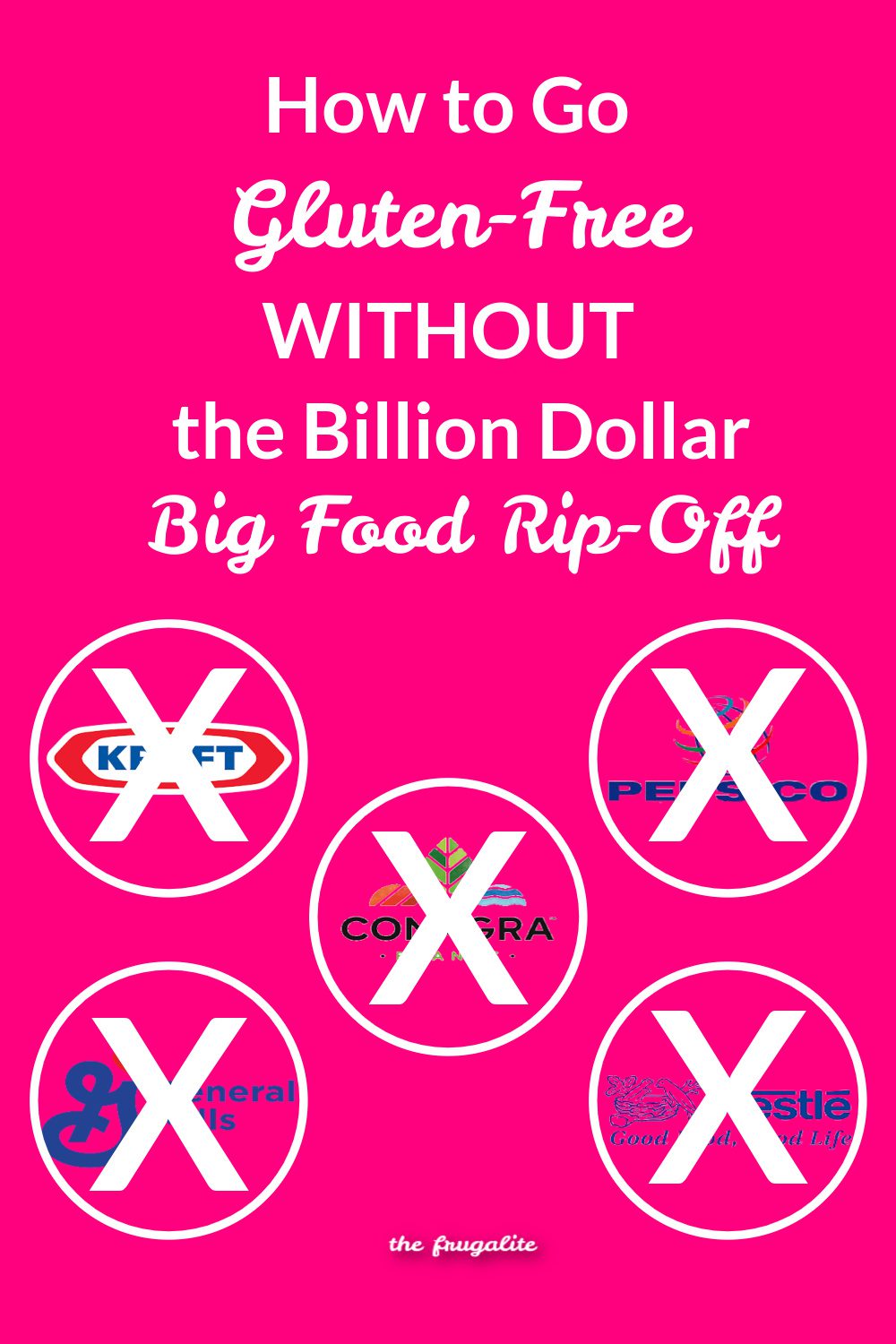

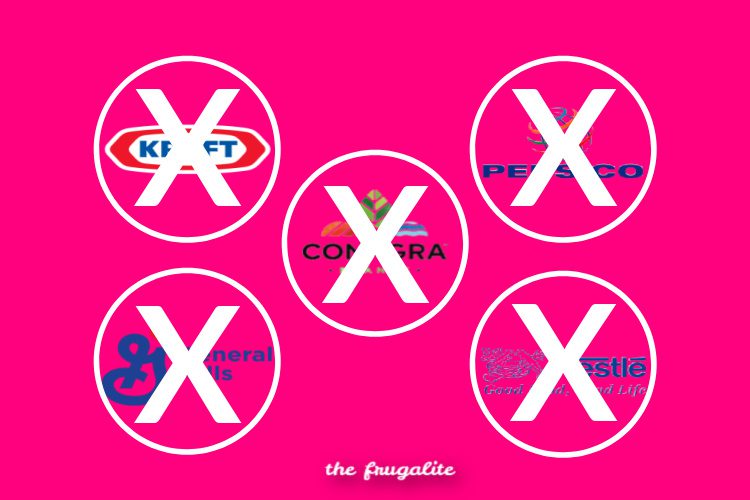
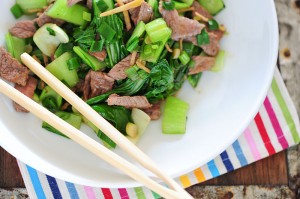
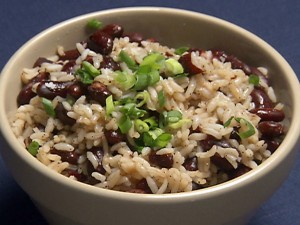






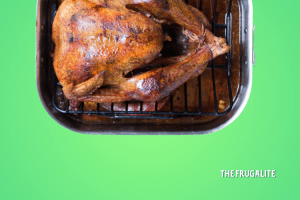
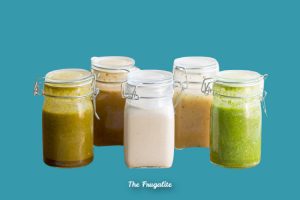

5 thoughts on “How to Go Gluten-Free Without the Billion Dollar Big Food Rip-Off”
one of the problems with modern wheat is that it is usually sprayed with roundup to assure it all dries at the same time for harvesting/storing. round up is not good for the human gut. buy organic to avoid this. btw, this is also true of other conventional grains and even potatoes. buy organic or grow your own.
some of the changes in the wheats grown today are byproducts of breeding for shorter wheat that won’t lodge in the field causing problems for mechanized harvesting. this is unfortunate for two reasons. first, there is less straw to work into the soil to increase the organic matter content. second, because since you can’t change just one thing, if you change the height you most likely are changing other things–maybe things that create gut problems for a portion of the population. you can buy heirloom organic wheat and grind your own. you can even simulate white flour by sieving out the biggest pieces of bran. that lets the bread rise more like white bread. if you roll the formed loaf in that bran, you get the benefits of whole grain and the easy rise of white flour. one source for this wheat, and even the flour from it is azure standard.
Having raised a kiddo who needed to be gluten-free for nearly 15 years now, and striving to be frugal throughout all that time, I also know a few things about starting out and going gluten-free on a budget. The first thing I learned and that I tell everyone who is considering going GF is “do not replace your gluten foods immediately with GF foods”. Just don’t. GF baked goods do not taste the same as baked goods with wheat/gluten in them and “you will not like them”. Cleanse your palate of those flavors. Eat rice and potatoes and corn and even fancy alternative starches/carbs if you want to, but eat them in their whole form. Don’t start eating GF bread or GF pasta or GF donuts right away because they will not taste like what you are used to and you will get discouraged and give up.
Another comment I have directly related to your article is that the ingredients for the bread recipe you listed are FAR more complicated than any GF bread recipe I have ever seen in my years of baking GF. GF baking does have a learning curve as far as ingredients go, but it can ALMOST be as simple as baking with wheat flour and the bonus is you don’t have to knead GF bread! 🙂
In our household we eat a LOT of stirfry dishes that are served with rice as a side dish. We also utilize mashed potatoes and corn tortillas as sides or components of other dishes. However, we have come to see that carbohydrate-filled foods such as these are not as nutrient-rich and can be left out completely in some instances. Yes, my kiddo went through a pbj phase and we used a lot of store-bought GF bread for a while. Yes, I learned to make GF bread and pizza crust from scratch (and they are so delicious!). And, yes, it is hard sometimes, and I have even called cooking GF my “3rd child” because of the time and energy it has taken to do so. BUT, it doesn’t have to be fancy to be nutritious and it doesn’t have to look like it “has always looked” in order to be good food to put on your table.
For those just starting out eating GF, find a group online or a friend who has experience cooking/baking GF so that you can get support and advice when you need it, or just a shoulder to cry on when it seems too hard. It’s not impossible, and when you have to eat GF because of your health it is so worth it!
Thanks for this article Daisy and the platform to share my experience on this subject!
Other gluten free options:
Chili
Red beans and rice (or almost any beans and rice dish, many go good with homemade corn bread).
Soup (most soup recipes made at home can be made gluten free really easily).
Any meat, potatoes, and veggies meal.
Serve tuna salad in tomato or avocado cups instead of on a sandwich (I also like to use gluten free crackers for this but that defeats the purpose of this post)
Or serve lunchmeat/sausage and cheese with fruit for a nice lunch without carbs.
Use raw veggies to dip in hummus instead of pita bread (carrots and red peppers are my favorite)
I used to make beef stroganoff (with egg noodles), now I make beef romanoff, basically I add tomato paste to the exact same recipe then substitute rice instead of noodles.
Thicken sauces and gravies with corn starch instead of flour.
General Mills makes a lot of regular foods gluten free, like a lot of their flavors of cheerios or chex, and their progresso soups. Check the labels though, because they also make non gluten free versions that are similar (regular cheerios are gluten free but multigrain cheerios are not, for example). It’s a name brand item so more expensive than a generic, but it’s cheaper than buying a gluten free brand like schar or udis.
Love it! I especially like the suggestion to just change the kinds of foods you eat if you want to go gluten free. Teensy correction from the Japanese list – it’s “soba” noodles. 🙂 Also be careful because some buckwheat noodles contain regular wheat along with the buckwheat. That said, they are tasty.
Great ideas!
It is Not hard to make a gluten free loaf of bread with less ingredients. Just check out some gluten free cookbooks. They can be found at your local library for free ?